
A once common songbird, the yellow-breasted bunting was listed as critically endangered by the International Union for Conservation of Nature late last year. Shockingly, only 14 years ago it had still been categorised as a “species of least concern”.
The population is estimated to have plummeted by 90 per cent since 1980, and experts suspect the reason for the rapid decline in numbers of the bird, once seen widely in Hong Kong, is its popularity as a delicacy among diners in southern China.
Actors and activists fight to save Hong Kong’s endangered turtles
Efforts by the Hong Kong Bird Watching Society, and an international network of academics, environmentalists and bird watchers, may well prove crucial in saving the migratory species from extinction.
Its traditional range covers a huge geographical area. Its breeding grounds are spread across northern Russia, as far east as Japan and, until recently, as far west as Finland. Each year, it migrates south through China. Some stay in the country for the winter, while others journey on to Southeast Asia.
“Currently, we have little idea precisely where the yellow-breasted buntings go,” says Wieland Heim, an expert in bird migration ecology at the University of Münster in Germany. “Pinpointing exact locations and mapping migration routes will help analyse the causes of this extreme decline.”
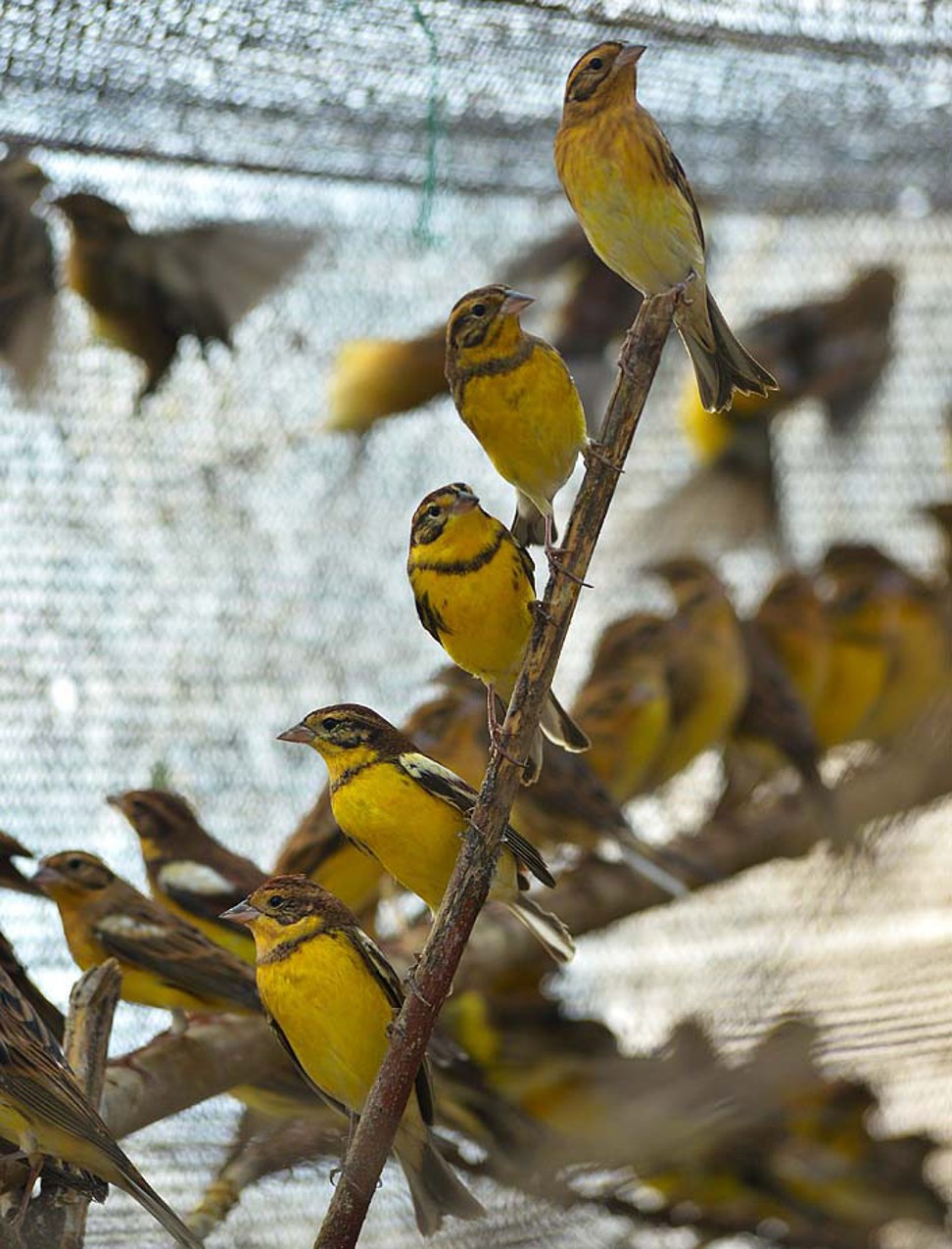
In a bid to save the bird, Heim and a team of volunteers travel annually to wetlands in Muravioka Park, in the far east of Russia, to monitor the yellow-breasted buntings breeding.
The greedy gourmets driving these four animals to extinction
“Myriads of mosquitoes, man-made fires, and floating bogs make the visits challenging,” Heim says. “To reach the birds we have to cross the moving bogs. It’s easy to fall underneath. Things are worse in July when the ice beneath melts, leaving the bogs afloat on water around 1.5 metres deep.”

Last year, the team attached geolocating devices to three yellow-breasted buntings, helping to provide a clearer picture of their movements. The yet-to-be published research reveals a migration route over China and on to Myanmar, where the birds waited out the harsh northern winter.
“This year we will fit more geolocators to further breeding populations and analyse land-use changes in the locations along these birds’ migratory routes. This should help us explain, then hopefully stop, the decline,” Heim says.
“They spend about three months in China, settling on the ground to moult in areas where illegal trapping is known to occur,” he adds. It is this trapping that is thought to be the major cause of the rapid fall in the bird’s numbers.
“The yellow-breasted bunting is often caught in the north of China,” explains Fu Wing-kan, assistant manager of the Hong Kong Bird Watching Society’s China Programme. “The birds are killed, plucked, frozen and then transported by road or rail to the south to be sold as a delicacy.”
Consumer demand is fed by the belief that eating the yellow-breasted bunting bestows medicinal benefits and is nourishing, like “ginseng in heaven”, Fu says. Dining on the endangered bird is also said to be something of a status symbol.
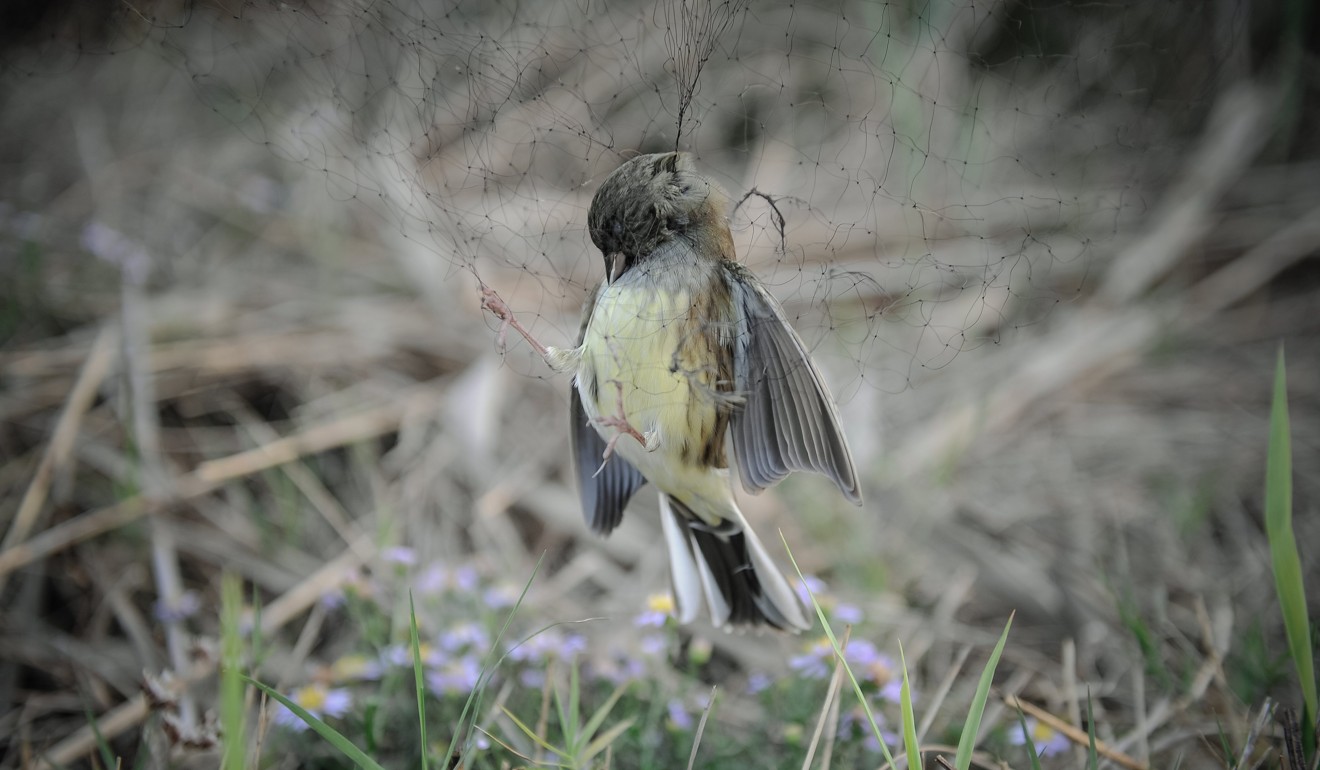
“With no mention on restaurant menus, the trade operates undercover. Customers place orders in advance. Birds are then delivered from off-site storehouses,” Fu adds.
It wasn’t always such a secretive activity. Quoting earlier research from the University of Münster, Fu recalls how, in the early 1990s, Sanshui city in China’s Guangdong province held an annual food festival where diners eagerly consumed hundreds of thousands of yellow-breasted buntings. Then, in 1997, the Chinese government made trapping the birds illegal.
“Today, China’s revised Wildlife Protection Act outlaws hunting, selling and consuming wild animals without a permit. The yellow-breasted bunting is protected as a species of significant ecological, scientific and social value,” Fu says.

However, trade in the species is known to have continued into the new millennium. Additionally, Beijing-based bird watcher and blogger Terry Townsend reported last year that yellow-breasted buntings were being offered for sale on the Chinese e-commerce website Taobao.
“For between HK$135 [US$17] and HK$270 it was possible to buy a live yellow-breasted bunting. It’s likely this was for the caged bird trade, rather than consumption,” Townsend says. The birds are difficult to breed in captivity, he says, and he is certain the birds were caught in the wild.
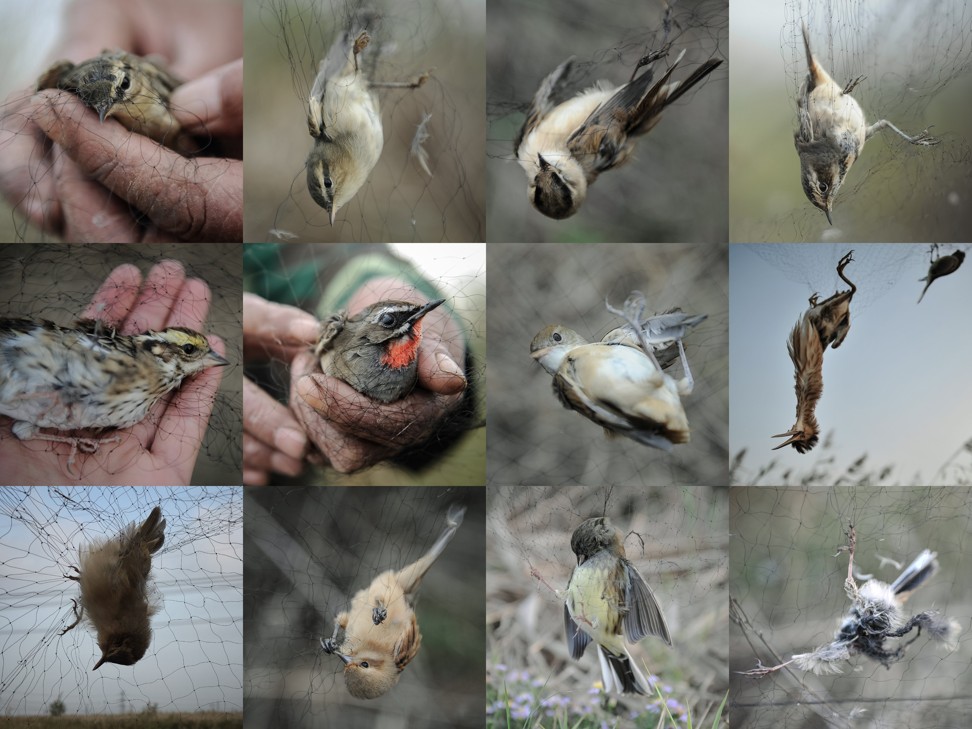
After Townsend raised the alarm on his birdingbeijing.com website, a representative of Taobao’s parent, Alibaba Group (which also owns the South China Morning Post), got in touch to express the company’s concern and tell him that the offending posts had been removed.
“They said their procedures concerning spotting wild birds for sale were under review, and they would be happy for users to send them links to any posts of concern,” Townsend says.
China key in fight to stop one of world’s rarest birds going extinct
As the little yellow and brown birds fly south, one of the destinations they visit for rest and recuperation is Hong Kong’s largest swathe of agricultural land, Long Valley. Here, near Sheung Shui in the northern New Territories, an innovative conservation project involving 28 local farmers is contributing to the species’ survival.
Entitled Nature Conservation for Management for Long Valley, and co-organised by the Hong Kong Bird Watching Society and The Conservancy Association, a charity, the project aims to ecologically manage and monitor the area, and provide education about its importance.

Working alongside five of the older farmers, project manager Yeung Lee-ki oversees Long Valley’s Eco-paddy Club. The farmers are able to take care of the rice paddy once it is planted, but find the initial planting and harvesting a considerable physical challenge. This is where the Eco-paddy Club comes in.
Members pay a small fee to help plant and harvest rice following the principles of organic farming. In exchange, “they learn about the growing process and receive a proportion of the crop at the season’s end”, Yeung explains. A hectare has been planted and the rice sells out each year, generating income to support the project.
“By promoting local agriculture, we hope to also provide habitat for the yellow-breasted bunting,” Yeung adds, because the rice paddies are a perfect habitat for the birds.

The project’s own data shows some ecological success. “When the first crop of rice was first planted in the rejuvenated valley in 2009, 11 yellow-breasted buntings visited the area. Numbers have crept up and now we see around 20 individuals a year,” Yeung says. “Long Valley now hosts over half of the bird species recorded in Hong Kong, and 42 per cent of our amphibians.”
The Long Valley project also involves tagging visiting yellow-breasted buntings with identity rings to support other researchers’ data in migratory patterns. Additionally, it is working closely with conservation groups in southern China to raise awareness of the bird’s plight, and encourage people to report illegal consumption and stop eating the buntings.
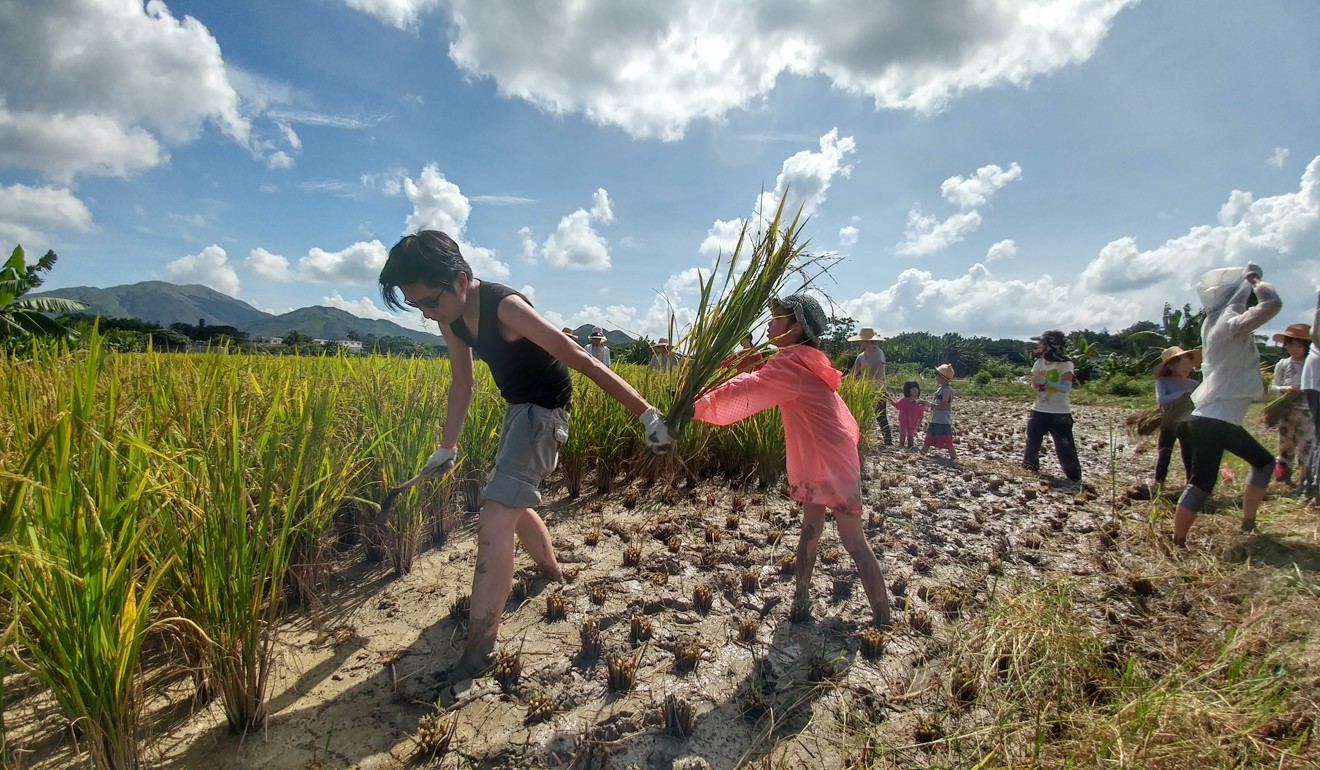
Yeung is hopeful for the future given that many conservationists have joined the initiative to save the bird. “We don’t want to see the species die out, and really hope our measures will save the yellow-breasted bunting,” she says.
The birds tagged by Heim’s team journeyed on to northern Myanmar to complete their winter migration. There, local environmentalists are equally concerned about the critically endangered species. Being hunted for food is, once again, blamed for the decline.
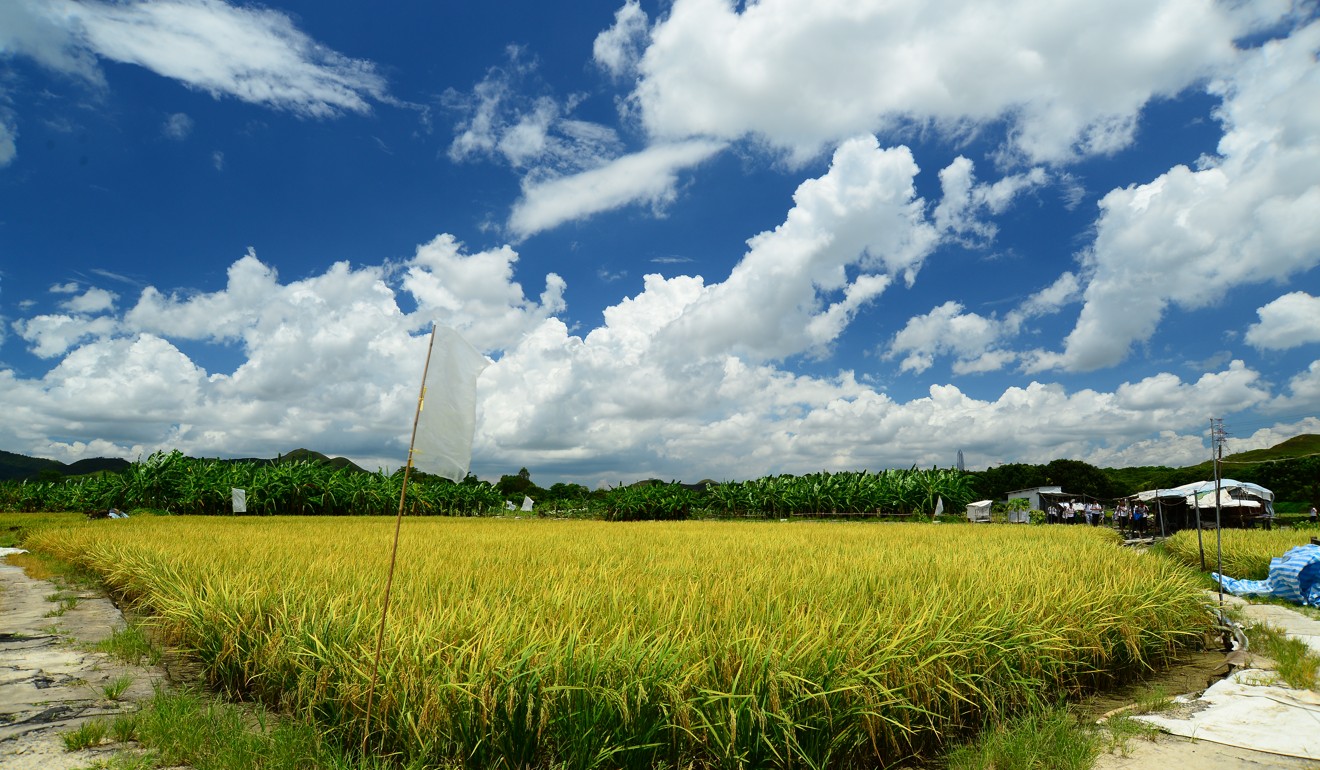
In Myanmar, too, information is lacking about the exact movements and habits of the birds once they settle in the country.
Thiri Dae We Aung, a representative of the country’s Biodiversity and Nature Conservation Association, is proposing a comprehensive survey of yellow-breasted buntings starting this coming winter, and hopes to raise awareness of their plight in upcoming workshops.

Environmentalists along the length of the migratory bird’s flight path are battling to work out how to save the species as it teeters on the brink of extinction. Individuals and businesses can support them by refusing to buy the birds and to not facilitate the sale of them.
Chinese bird poacher uses females as bait
Hope lies with Hong Kong’s Eco-paddy project as a role model in providing lessons on what else can be done to safeguard the yellow-breasted bunting for generations to come.







